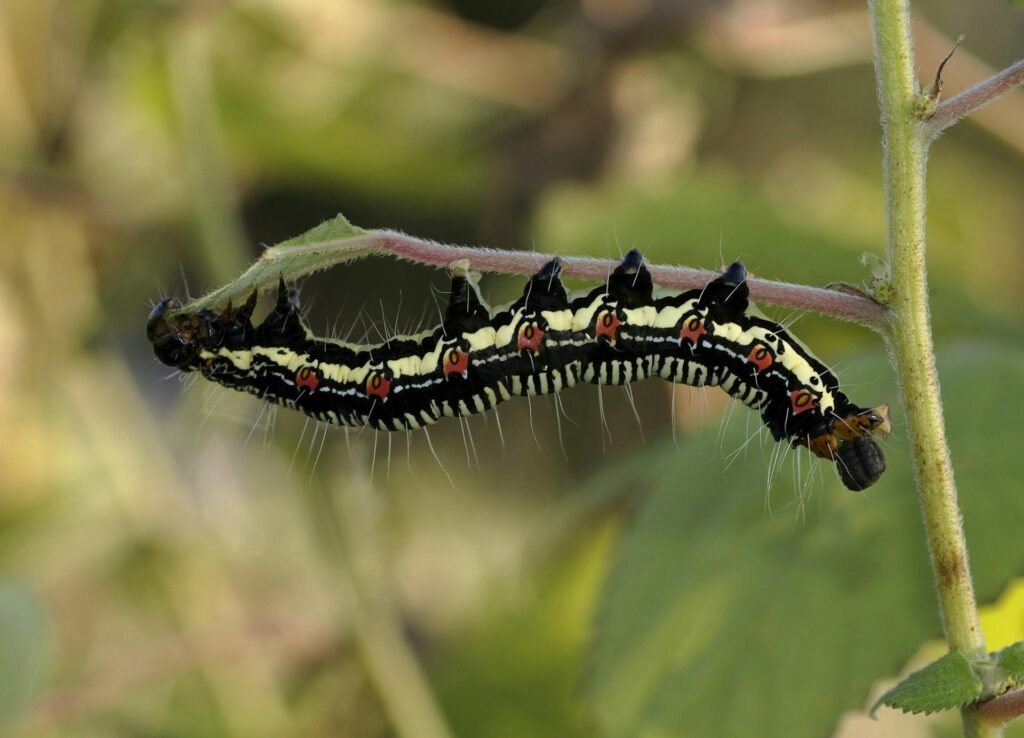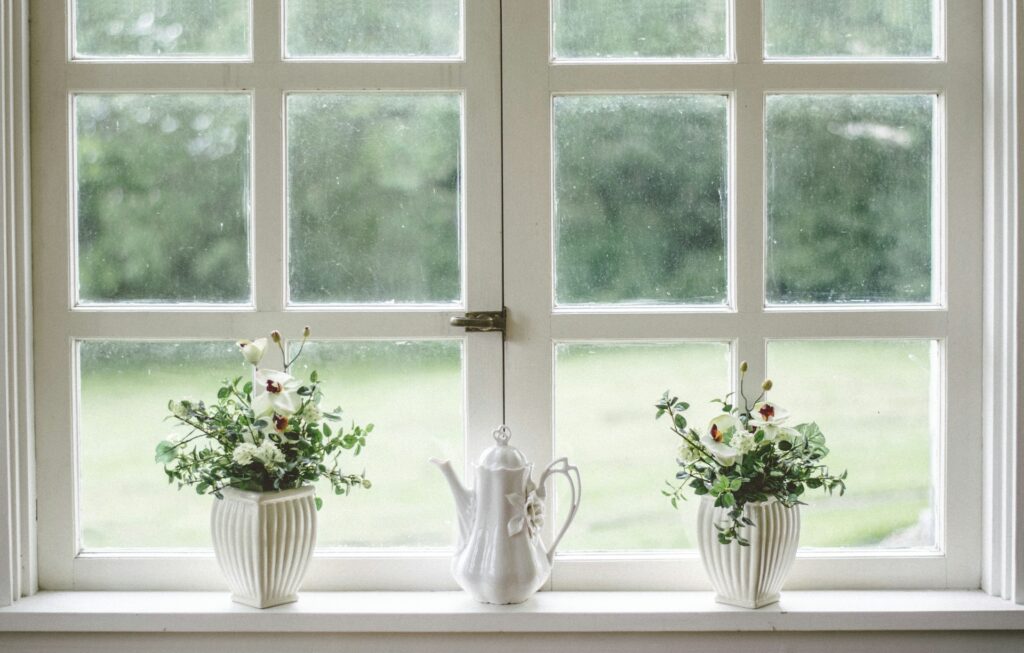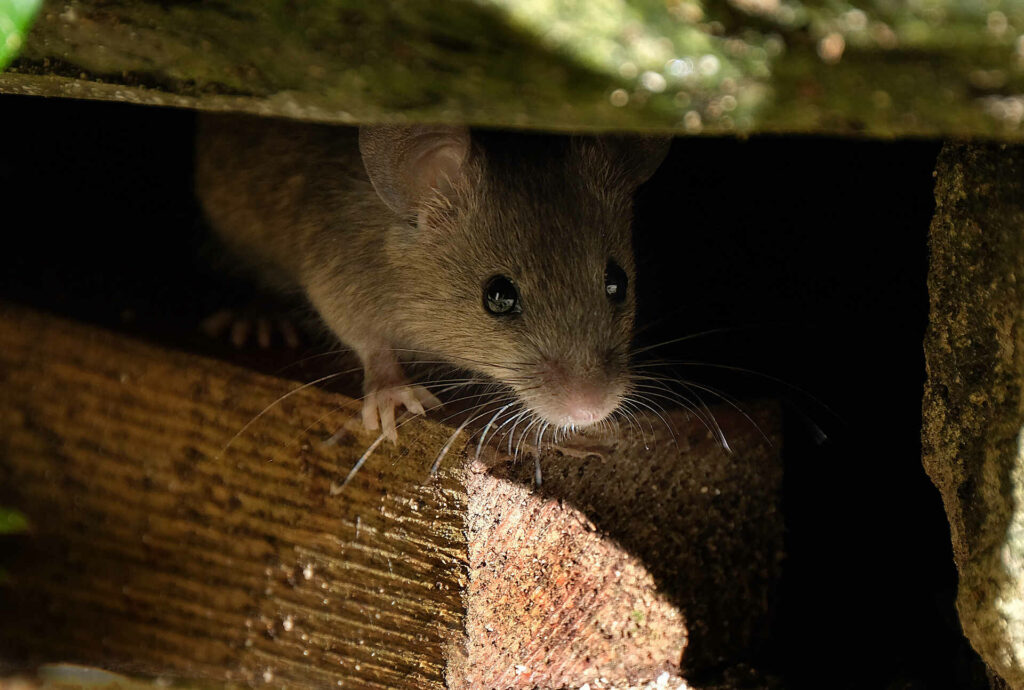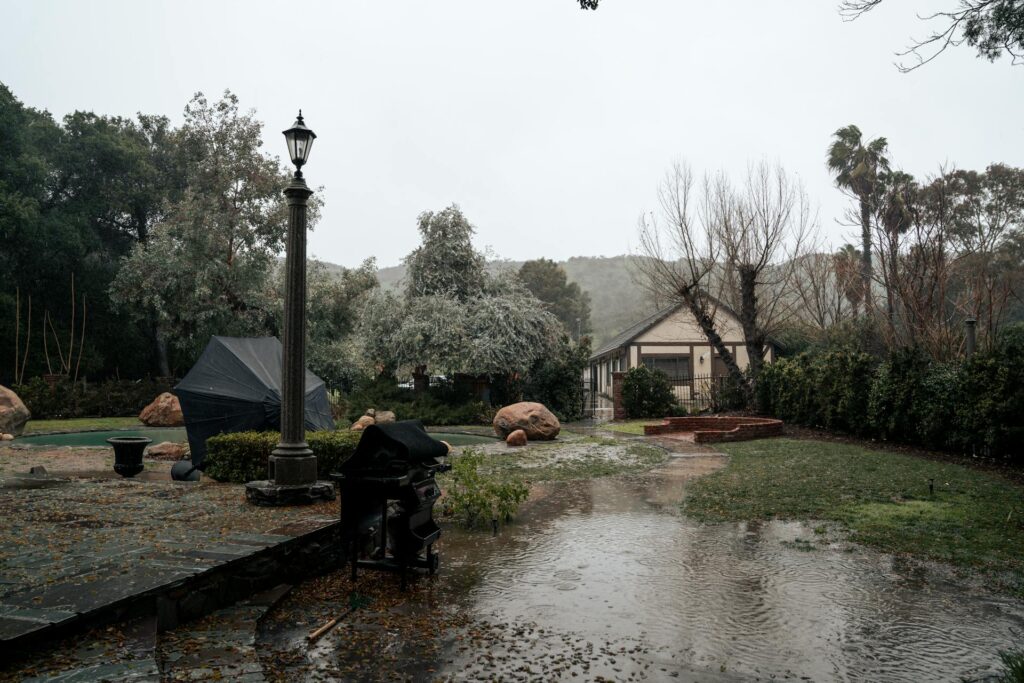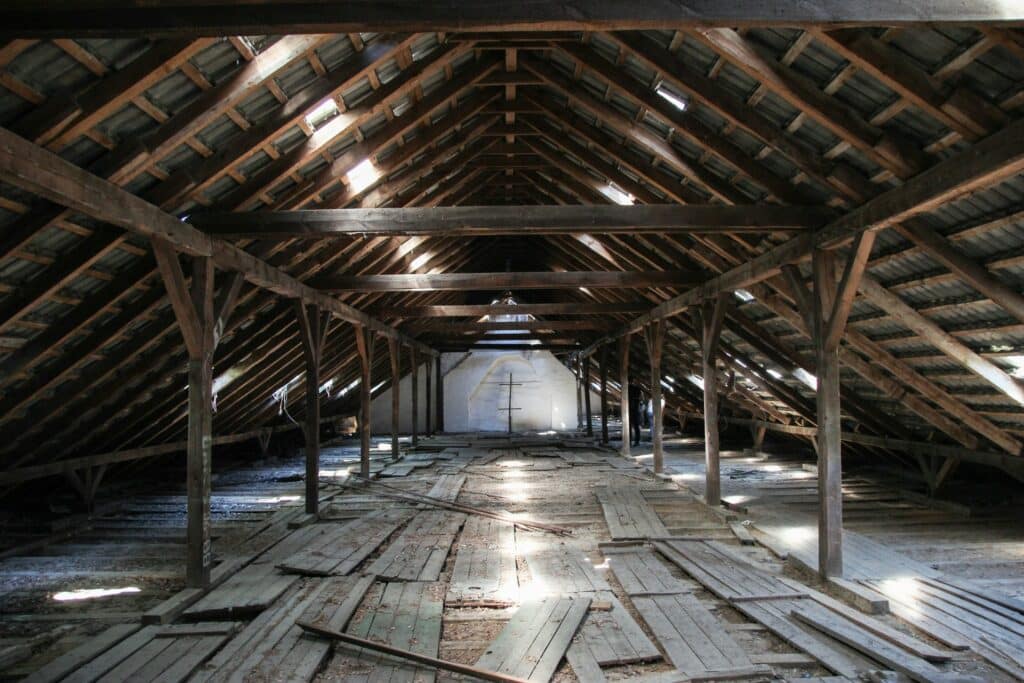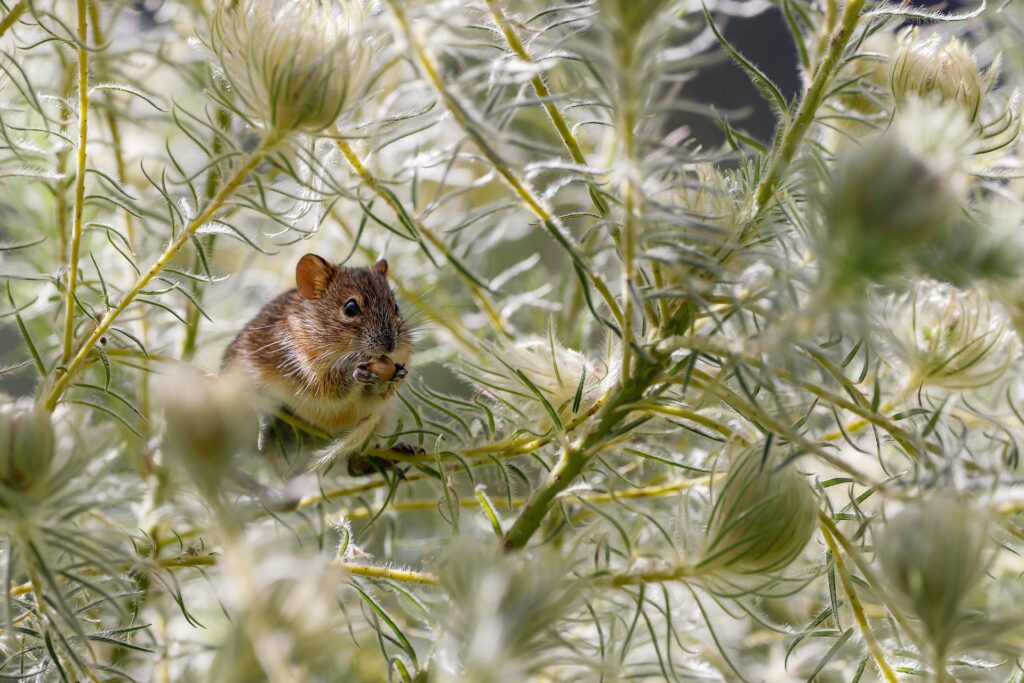Nothing says fall like newly-picked pumpkins and jack-o-lanterns. These festive vegetables provide the perfect front door decor and after-school activity for kids. Unfortunately for homeowners, though, carved pumpkins will often last between just one to two weeks before starting to rot. A rotting pumpkin can attract unwanted pests, like fruit flies, if left out too long. There are a few tricks, however, to keep pumpkins from rotting. Find out why pumpkins rot and how you can decelerate the rotting process.
What Causes Rotting Pumpkins?
Like all fresh foods, pumpkins will eventually rot and decompose. Pumpkins rot when exposed to air, through the process of oxidation, and when they lose moisture, so these vegetables slowly begin to decay once cut from the stem. Warm weather and extremely low temperatures can also make a rotting pumpkin worse. This process is expedited if the pumpkin has been cut open and carved, which is why so many jack-o-lanterns sag and start to decay just a week or two after Halloween. Fortunately, there are a few tricks you can use to keep your festive pumpkins looking fresh for longer.
How to Keep Pumpkins from Rotting
1. Don’t cut the top off
While removing the stem is basic pumpkin carving 101, cutting off a pumpkin’s stem causes the rest of the vegetable to lose essential nutrients that keep it healthy. You can avoid this by cutting a hole in the back of the pumpkin and continuing the carving process from there.
2. Clean the inside after carving
When carving the pumpkin, make sure you remove all pumpkin seeds and guts from the vegetable, and thoroughly rinse and dry it before placing it outside. The insides of pumpkins are very moist, which causes fungi to grow if not properly dried off. Pumpkins can also attract unwanted pests that will feed on the insides, causing it to decay even faster.
3. Give it a bleach bath
One bleach bath before carving and one bleach bath after carving is an effective way to keep pumpkins from rotting. This destroys internal bacteria that increases the likelihood the pumpkin will start to mold. For the bleach bath, a good rule of thumb is to mix one tablespoon of bleach with every quart of water used in the bath.
4. Add a silica packet
There’s finally a reason to put those old silica packets to use. Because silica gels naturally remove excess moisture from their environment, keeping an opened packet of silica gels inside a carved pumpkin will prolong its lifetime. This trick is especially useful for homeowners living in humid climates.
5. Invest in pumpkin spray
If you plan to be doing a lot of pumpkin carving this fall, consider buying a natural pumpkin spray. This is the quickest (and easiest!) way to slow the pumpkin rotting process. Pumpkin sprays are a form of fungicidal and can be ordered online or bought at a local pumpkin patch. Another effective method that might surprise you is using hydrogen peroxide on your pumpkins. By simply applying a diluted hydrogen peroxide solution to the carved surfaces of your pumpkin, you can prevent microbial growth, thus slowing down the rotting process. This method works because hydrogen peroxide acts as a disinfectant, killing potential bacteria and fungi that contribute to decomposition. Just mix a small amount of hydrogen peroxide with water, and gently apply it using a spray bottle or a clean cloth. This approach can complement the aforementioned methods, ensuring your pumpkin stays fresh and vibrant for even longer.
6. WD-40
One of the more unexpected tricks on this list, spraying a pumpkin with WD-40 is surprisingly effective at preserving pumpkins. The ingredients in WD-40 keep pumpkins hydrated, repel outside moisture, resist freezing temperatures, and give pumpkins a shiny exterior. Make sure you wait at least 24 hours before slipping a lit candle inside the pumpkin though, or else you may set your pumpkin on fire.
7. Use petroleum jelly or vegetable oil
If you’re hesitant to use harsh chemicals on your pumpkins, petroleum jelly or vegetable oil are good alternatives for keeping pumpkins hydrated. Spread a layer of the jelly or oil along the carved edges of your pumpkins to prevent them from drying out quickly. However, vegetable oil is highly flammable. If this is the ingredient you choose to use, stick an electric candle inside your pumpkin instead.
8. Refrigerate it
Need to keep a pumpkin fresh while you go out of town? Place your pumpkin in a plastic bag or cover it in plastic wrap and stick it in the refrigerator overnight. Because pumpkins are more likely to rot in warmer temperatures, this method can help extend the life of a pumpkin.
9. Avoid real candles
While it may feel wrong not to light your jack-o-lanterns with real candles, even a small flame will expedite a rotting pumpkin. The heat cooks the pumpkin from the inside and causes it to wilt faster than it would if lit by an electric candle.
10. Don’t carve it
Of course, some homeowners prefer to keep pumpkins whole. Not carving your pumpkins will make them last significantly longer than the alternative. If you and your kids miss the Halloween festivities, however, pumpkin painting is a good option that will keep pumpkins fresh and looking festive.
There’s nothing better than decorating your front porch with freshly carved pumpkins. However, if you’re not careful, rotting pumpkins will bring unwanted bugs and mold into your pumpkin and near your home. This Halloween, try out these tricks to keep your pumpkins from rotting. If you do experience an influx of bugs in or near your home, give our pest control experts a call for an effective professional pest control service.
